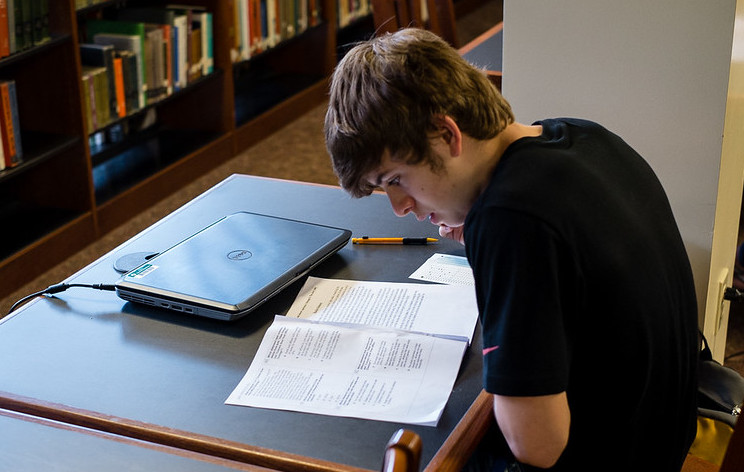
Before starting graduate school last August, I spent two years as a virtual advisor supporting about 200 high school juniors and seniors through the college application process. My students were scattered all over the country, so the bulk of my advising was done through texts, phone calls, and emails — now some of the only ways to connect with students.
With the sudden shift to working and learning online, I’ve been reflecting on what I learned from working with students virtually, as well as which lessons might be relevant in the current circumstances.
While there are challenges to connecting with students virtually, there are also unexpected advantages, and strong relationships are still possible.
I was initially daunted by the idea of building trust with students who would never see me in person — in some ways, rightly so. I certainly did not connect deeply with every single student, but I was also surprised at how many strong relationships I ended up with. One benefit to the virtual student-advisor relationship was that, while I couldn’t be there in person, I was always there. Students could text me about a problem, question, or good news, and expect a quick and personalized response — no need to schedule an in-person meeting. I ended up spending hours on the phone with some students celebrating wins, consoling losses, working through academic (and sometimes personal) barriers, and figuring out next steps when things didn’t go according to plan.
Engaging in a virtual environment looks different for different students, and engagement is not always obvious.
On the other hand, there were many students who rarely, if ever, responded to the outreach and information I sent them. It was frustrating to feel ignored and that I couldn’t effectively reach some students; it wasn’t like I could track them down in class, like a traditional counselor. It wasn’t until my organization sent out student surveys at the end of the year that I made a startling realization: Some of the students I perceived as minimally responsive had actually been reading and using the information I sent all year — just not in a way that was visible to me. Students weren’t necessarily disengaged, they were simply taking from the program what they needed.
In times of uncertainty, more information is better.
For many of my students, the hardest part of the college application process was the mystery surrounding it. For example, once they sat down to fill out their financial aid forms, the majority had little or no trouble — but many stressed for weeks before filling out these forms because they didn’t know what to expect. No one is sure right now how the college application and matriculation process will be affected by COVID-19, but in my experience, the more information students receive from institutions, scholarship organizations, and other trusted sources about what is happening and what they should be doing about it — even if it’s nothing for now — the more secure they will feel.
In sum, connecting virtually with students in a meaningful way is undeniably challenging and largely unprecedented — but, in my experience, it’s also incredibly rewarding and full of unexpected silver linings.
Claire Ruegg is a graduate fellow at SCORE.
